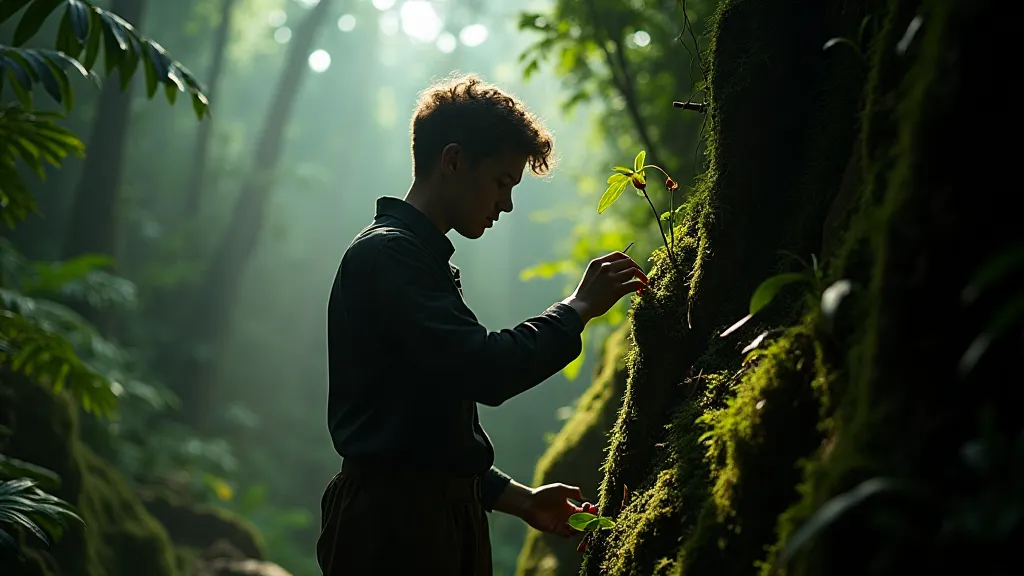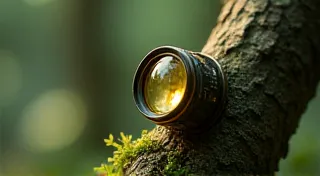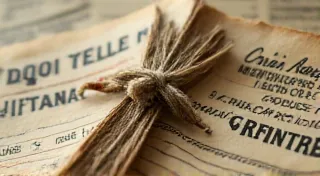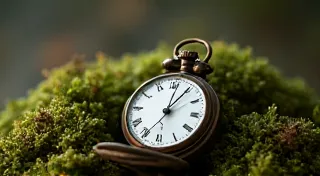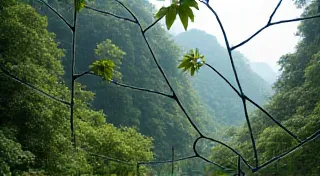Whispers of the Canopy: The Microclimates Shaping Rare Orchid Distribution
There's a profound sadness that settles when a species vanishes. It’s not merely the loss of a flower, but a silencing of an ancient story, a thread pulled from the intricate tapestry of life. I remember, as a young boy, accompanying my grandfather deep into the cloud forests of Ecuador. He, a botanist with eyes that saw beyond the surface, would whisper tales of orchids, not just as botanical curiosities, but as living embodiments of place – intrinsically linked to the very air they breathed, the light that kissed their petals, the dampness that sustained them. He’s gone now, but the memory of his reverence for these fragile blooms, and the understanding he imparted, remains the cornerstone of my own passion.
Rare orchids, those jewels of the plant kingdom, often evoke a sense of wonder and a yearning to understand their existence. But their rarity isn't always about dwindling populations due to habitat destruction – though that’s certainly a significant factor. Frequently, it's a consequence of incredibly specific, and often overlooked, ecological demands. The distribution of these orchids isn’t dictated by vast swathes of suitable habitat, but by fleeting moments and localized pockets of environmental perfection – microclimates.
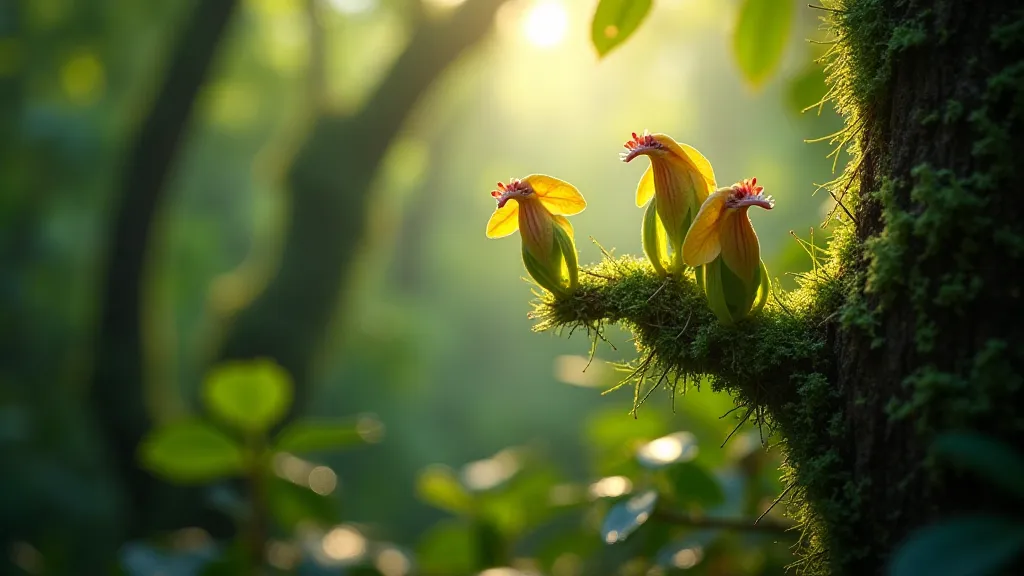
The Subtle Art of Finding Perfection
Imagine a rainforest, seemingly homogenous in its lushness. Yet, within that sea of green, minute variations in altitude, slope aspect, and proximity to water sources create a mosaic of microclimates. One slope might receive a constant, gentle mist, while another, just meters away, basks in slightly more direct sunlight. These seemingly insignificant shifts can mean the difference between life and death for an orchid.
Consider *Bulbophyllum elizabethae*, a miniature orchid found in a tiny, isolated region of the Philippines. Its survival hinges on the presence of a very specific type of moss that provides both moisture and a secure anchoring point. This moss, in turn, thrives only within a narrow band of elevation, receiving just the right balance of rainfall and shade. Destroy that patch of moss, and you effectively erase the *Bulbophyllum elizabethae*'s world.
Historically, orchid collecting has often focused on broad-stroke assessments of habitat suitability. Expeditions would target areas known to support orchid diversity, assuming that finding one rare species would likely reveal others. While this approach sometimes yielded remarkable finds, it also often resulted in unnecessary disturbance of habitats and, ultimately, contributed to the decline of several species. The more nuanced understanding of microclimates has shifted that perspective, emphasizing targeted searches within extremely limited areas.
The Dance of Moisture and Light
Orchids, particularly epiphytes (those growing on other plants), are exquisitely sensitive to moisture. They lack the extensive root systems of terrestrial plants and rely on absorbing water and nutrients directly from the air and rainfall. The humidity level, the duration of leaf wetness, and the frequency of rainfall are all critical factors. Even slight changes can trigger stress responses, impacting flowering and ultimately, survival.
Light, too, plays a vital role. Many rare orchids inhabit the deep shade of the rainforest understory, receiving only dappled sunlight filtered through the dense canopy. Some, like certain Dendrobium species, are adapted to extremely low light conditions, relying on specialized pigments to maximize light absorption. Increasing the light exposure, even marginally, can be catastrophic for these orchids, causing scorching and weakening their resilience.
The historical context of orchid cultivation itself has been impacted by this understanding. Early attempts to grow rare orchids often failed because growers simply couldn't replicate the precise conditions found in their natural habitat. The advent of specialized greenhouses, equipped with humidity control systems, misting apparatus, and shade cloth, has revolutionized orchid cultivation, enabling growers to create artificial microclimates that mimic the rainforest environment. But even then, success is far from guaranteed; it requires meticulous observation, constant adjustment, and a deep respect for the orchid’s inherent needs.
My grandfather always told me, “Listen to the orchids; they will tell you what they need.” It's a sentiment that echoes the scientific observation – pay close attention to the plant’s response to its environment, and you’ll uncover the secrets to its thriving. A slight shift in leaf coloration, a stunted growth pattern, even the absence of flowers can be signals that the microclimate isn't quite right.
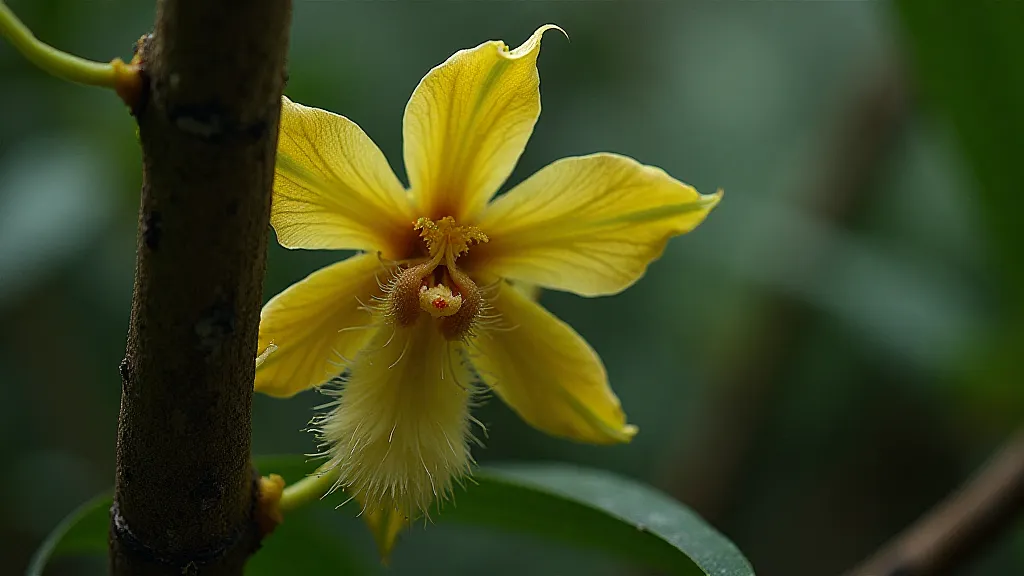
Restoration and Responsible Collecting
The knowledge of microclimates offers a glimmer of hope for the restoration of endangered orchid populations. Rather than attempting to reintroduce orchids into vast, unsuitable areas, conservation efforts are increasingly focused on recreating the specific microclimatic conditions that support them within their original range. This might involve restoring hydrological regimes, managing shade cover, or even transplanting specific types of moss or lichens that orchids rely on.
Responsible orchid collecting, a subject fraught with ethical considerations, also benefits from this understanding. Collectors who appreciate the importance of microclimates are more likely to target specific individuals within populations, minimizing the impact on the overall ecosystem. They are also more likely to prioritize the collection of seeds for propagation, rather than removing entire plants from the wild. The lines between hobby and preservation are increasingly blurred – those who study and care for these plants are often the best advocates for their survival.
It’s a humbling realization – that these beautiful, complex plants are not simply objects of admiration, but integral components of a delicate ecological balance. Their survival depends not only on our efforts to protect their habitats, but also on our ability to understand and appreciate the subtle whispers of the canopy – the fleeting moments of perfection that define their existence. The knowledge gained isn't just about keeping a flower alive, but about honoring the intricate web of life that sustains us all.
